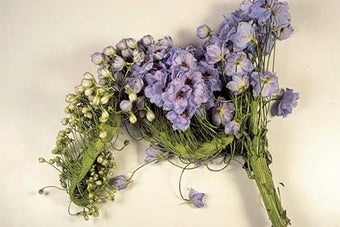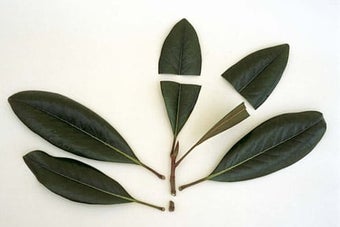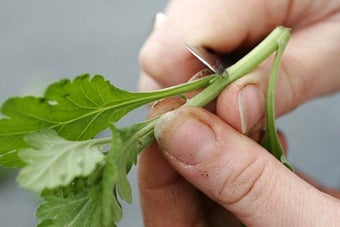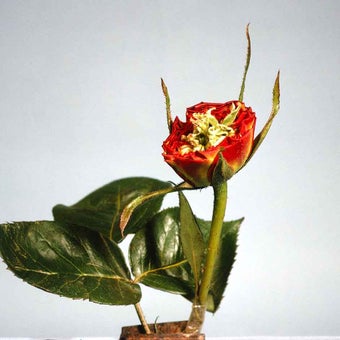
Quick facts
Common name - Reversion, sport
Plants affected - Mainly shrubs and trees; reversion most commonly affects variegated plants
Main causes - A growth disorder
Timing - Usually spring or summer, often a response to temperature fluctuations.
Symptoms
During the you can instantly recognise reverted shoots as pure green growths emerging from among the branches of a plant. As these shoots contain more than variegated ones, they are more vigorous and can eventually take over the plant.
This is mainly a problem with variegated trees and shrubs, but can also affect coloured Phormium hybrids, with plants starting to grow pure green leaves. Also variegated plants such as hollies can produce all white or pale yellow shoots, but these are very weak and do not take over in the way that green ones do.
The problem
plants are generally selected from a sport, or mutation , of a pure green plant. The variegated part is then propagated by cuttings, or division to retain its features. However, the mutations within these plants are not always stable and can be prone to ‘reverting’ back to pure green shoots.
Virus infections can cause a form of . Very few variegated plants can be raised from seed as reversion is usually a growth disorder and not a one.
Control
Shoots that have reverted are much more vigorous than the plant and should be pruned out completely or cut back into wood containing variegated foliage.








